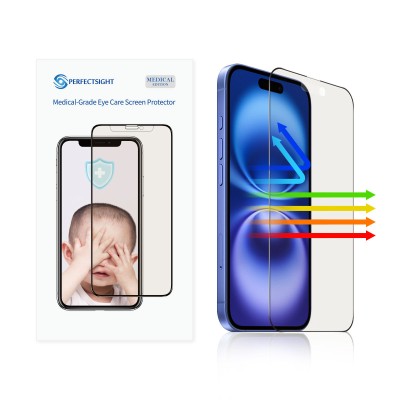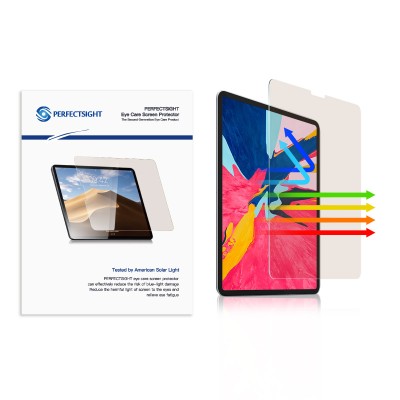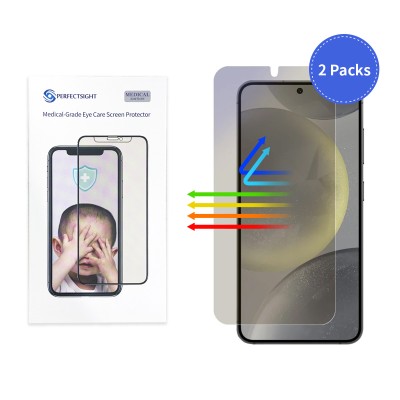How Does Anti Glare Screen Protectors Work?
What Is an Anti-Glare Screen Protector?
The primary function of an anti-glare screen protector lies in its surface microstructure design. These microscopic textures or coatings effectively scatter ambient light, preventing direct reflections into the user's eyes and thereby reducing glare.
How Does Anti-Glare Technology Work?
Surface Microstructures Scatter Light: The surface of anti-glare screen protectors is designed with microscopic textures or coatings that scatter ambient light, preventing it from reflecting directly into the user's eyes and thus reducing glare.
Reduction of Mirror-Like Reflections: Through specialized coating treatments, anti-glare screen protectors lower the reflectivity of the screen surface, softening external light reflections and enhancing the readability of on-screen content.
Advantages of Anti-Glare Screen Protectors
Alleviates Eye Strain: By minimizing harsh reflections and glare, anti-glare screen protectors create a more comfortable viewing experience, reducing eye fatigue during prolonged device use.
Enhances Outdoor Visibility: In bright environments, such as under direct sunlight, anti-glare screen protectors effectively reduce screen reflections, making on-screen content more legible and suitable for outdoor use.
Fingerprint Resistance and Easy Cleaning: Many anti-glare protectors possess oleophobic properties, making them resistant to fingerprints and smudges, thereby maintaining a cleaner screen with minimal maintenance.
Potential Drawbacks of Anti-Glare Screen Protectors
Impact on Screen Brightness and Color Vibrancy: Due to the light-diffusing properties of anti-glare screen protectors, there may be a slight reduction in screen brightness and color saturation compared to the original display.
Differences Between Anti-Glare and Anti-Reflective Screen Protectors
While both aim to improve screen visibility, anti-glare screen protectors reduce glare by scattering light through a matte finish, whereas anti-reflective screen protectors use interference coatings to minimize light reflection intensity without compromising image clarity.

How to Choose the Right Anti-Glare Screen Protector
Device Compatibility: Ensure the protector is designed for your specific device model to guarantee a proper fit.
Thickness and Material: Opt for a protector that effectively reduces glare without adversely affecting touch sensitivity.
Additional Features: Consider protectors that offer extra functionalities, such as blue light filtering or enhanced fingerprint resistance, based on your personal needs.




